How Hip Hop changed the face of art: a Baltimore show explores the story
‘The Culture: Hip Hop and Contemporary Art in the 21st Century’ at the Baltimore Museum of Art coincides with the 50th anniversary of hip hop
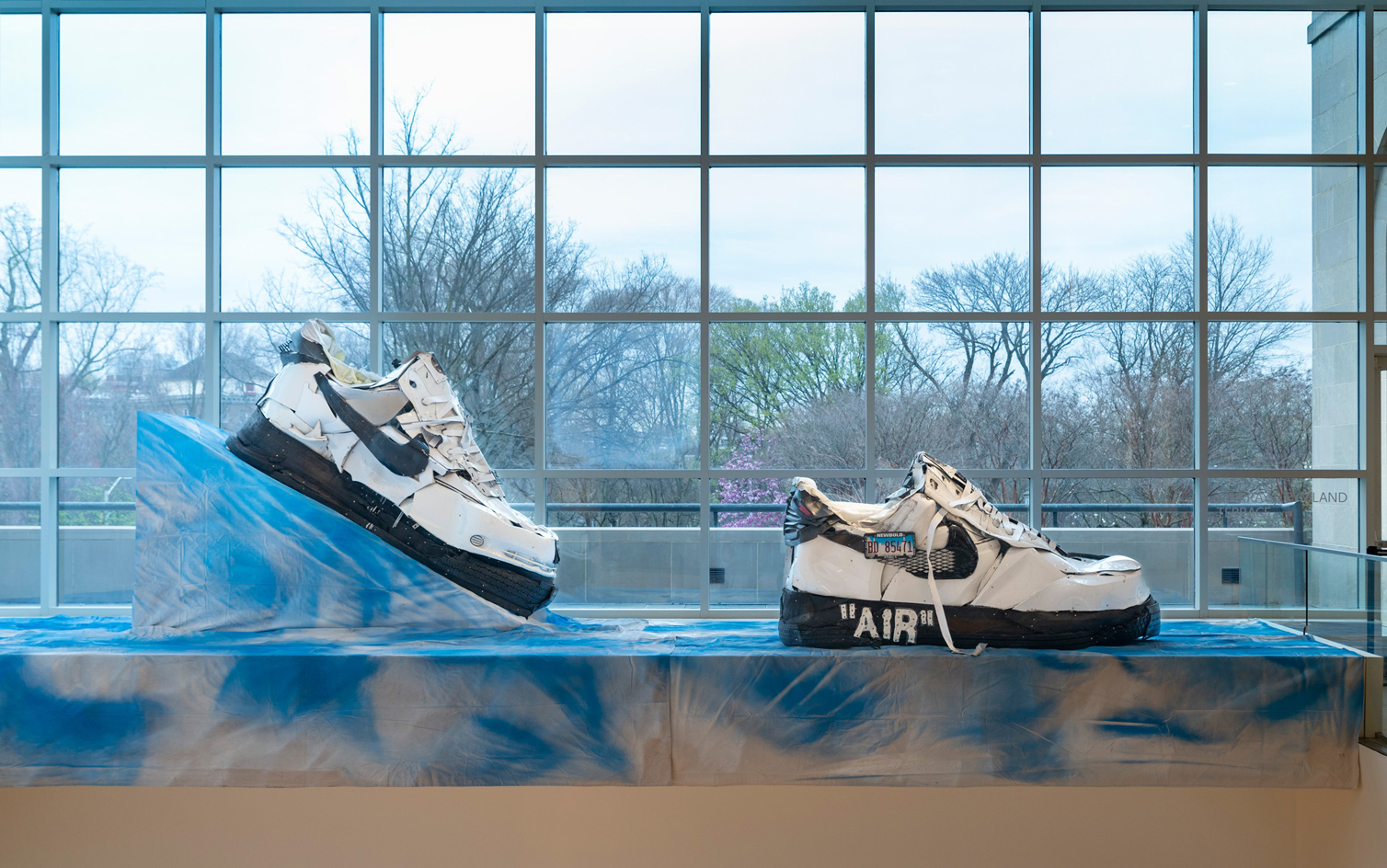
Fifty years ago, Hip Hop was born in an apartment building in The Bronx, New York, where a man named Clive Campbell was throwing a back-to-school party among artists, poets, musicians and dancers.
Standing behind the DJ deck, he drops the era's classics: James Brown, Aretha Franklin, and The Meters. But there’s a twist: Campbell plays two copies of the same record across two turntables, a technique known as the merry-go-round. A looped counterpoint is created between the records, creating a heavily percussive, high-octane, dance-inducing sound. This music, which emerged as music from Black, Latinx, and Afro-Latinx Americans and rapidly proliferated via large-scale block parties, would change the face of music, arts and culture forever.
Hip Hop and Contemporary Art in the 21st Century

Installation view of 'The Culture: Hip Hop and Contemporary Art in the 21st Century' at the Baltimore Museum of Art, April 2023
Half a century since Hip Hop was conceived, the Baltimore Museum of Art (BMA) has now unveiled a major exhibition that dives into the conceptual, cultural, and artistic characteristics that have made hip hop an enduring global phenomenon and embedded it in the canon of art history.
‘The Culture: Hip Hop and Contemporary Art in the 21st Century’ features more than 90 works of art by some of today’s most important visual and cross-disciplinary artists, including Derrick Adams, Mark Bradford, Lauren Halsey, Julie Mehretu, Adam Pendleton, Tschabalala Self, Hank Willis Thomas, and Carrie Mae Weems, as well as several creatives with links to Baltimore and St Louis, such as Devin Allen, Monica Ikegwu, Amani Lewis, Anthony Olubunmi Akinbola, Damon Davis, and Jen Everett. The exhibition experience is enhanced by a pulsing soundscape composed by Baltimore-based musicians Abdu Ali and Wendel Patrick, plus several outdoor works including a large-scale ode to Nike Air Force 1 sneakers.
The artwork is staged in dialogue with fashion and objects created and made iconic by the likes of Lil’ Kim, Dapper Dan and Gucci, and Virgil Abloh for Louis Vuitton, along with brands like Cross Colours and Telfar. ‘The Culture’ tells the story of this fertile movement through painting, drawing, photography, sculpture, video, and installations organised under six themes: Language, Brand, Adornment, Tribute, Ascension, and Pose.

Hank Willis Thomas, Black Power, 2006
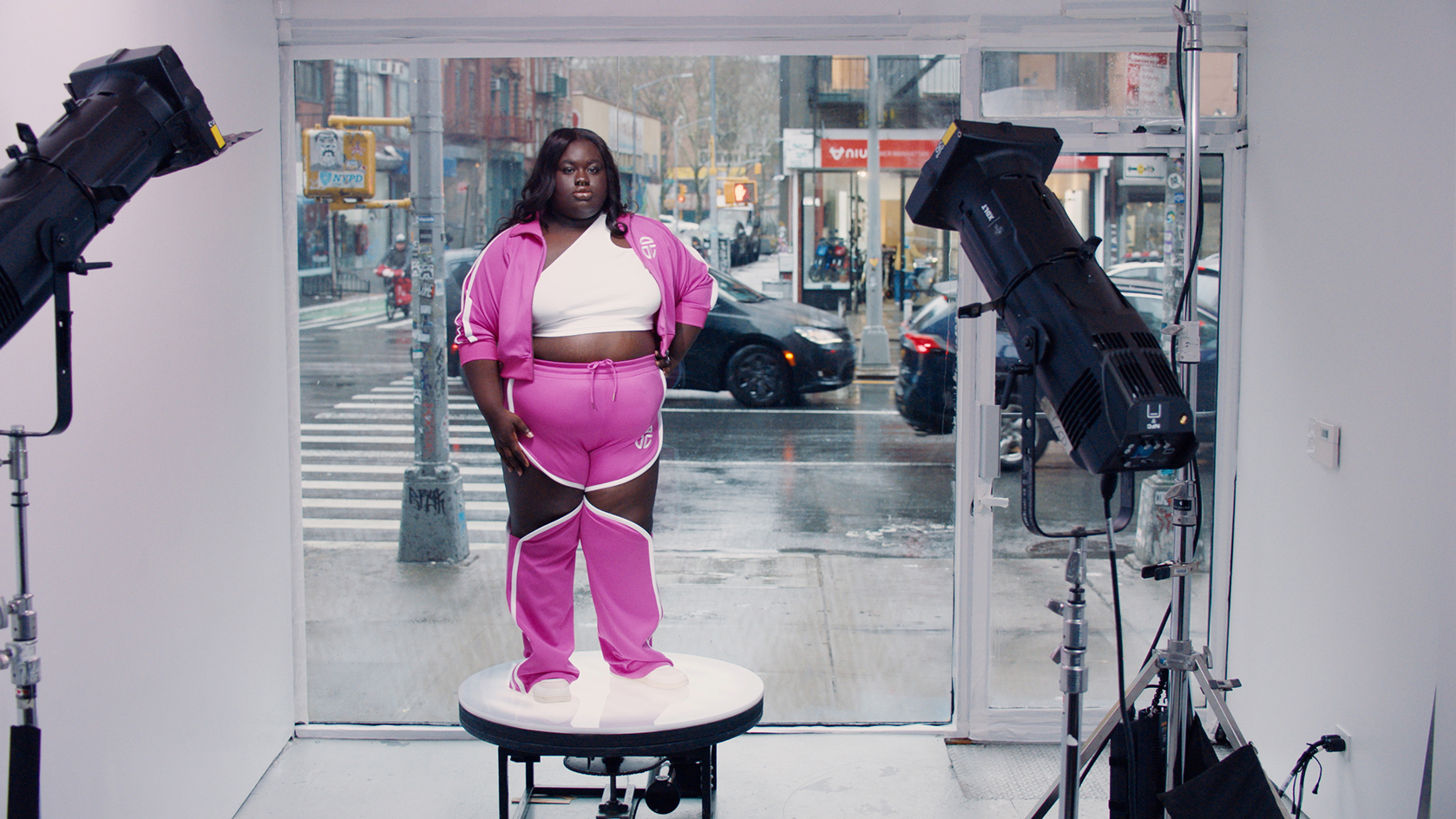
Telfar by Telfar Clemens and Babak Radboy. Azalea Tracksuit . 2022
‘Hip hop’s influence is so significant that it has become the new canon – an alternate set of ideals of artistic beauty and excellence centred around the Afro-Latinx identities and histories – and one that rivals the Western art historical canon around which many museums orient and develop exhibitions,’ explained Asma Naeem, the BMA’s Dorothy Wagner Wallis director. ‘Many of the most compelling visual artists working today are directly engaging with central tenets of this canon in their practices, in both imperceivable and manifest ways. Whether through the poetics of the street, the blurring of high and low, the reclamation of the gaze, the homage to hip-hop geniuses, or the experimental collaborations across such vastly disparate fields as painting, performance, fashion, architecture, and computer programming, the visual culture of hip hop along with its subversive tactics and its tackling of social justice surface everywhere in the art of today.’
The show captures the pan-disciplinary phenomenon of hip hop; its ability to traverse high and low culture, and how it preempted a contemporary landscape in which creative fields continue to blur and overlap.
Receive our daily digest of inspiration, escapism and design stories from around the world direct to your inbox.
‘The Culture: Hip Hop and Contemporary Art in the 21st Century’ is co-organised by the Baltimore Museum of Art, where it is on view until 16 July 2023, and the Saint Louis Art Museum (SLAM) where it will move from 25 August 2023 - 1 January 2024. artbma.org
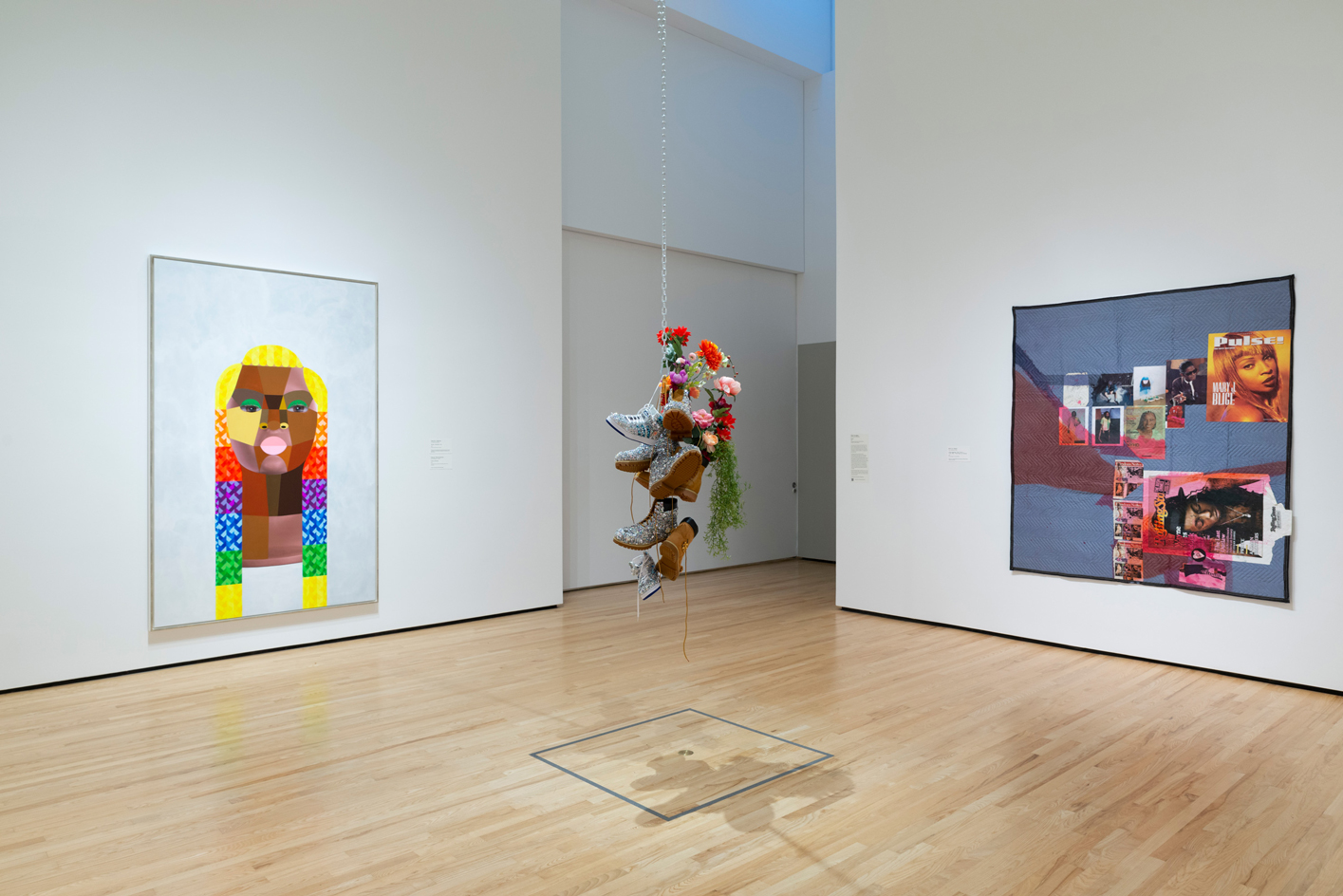
Installation view of The Culture: Hip Hop and Contemporary Art in the 21st Century at the Baltimore Museum of Art, April 2023
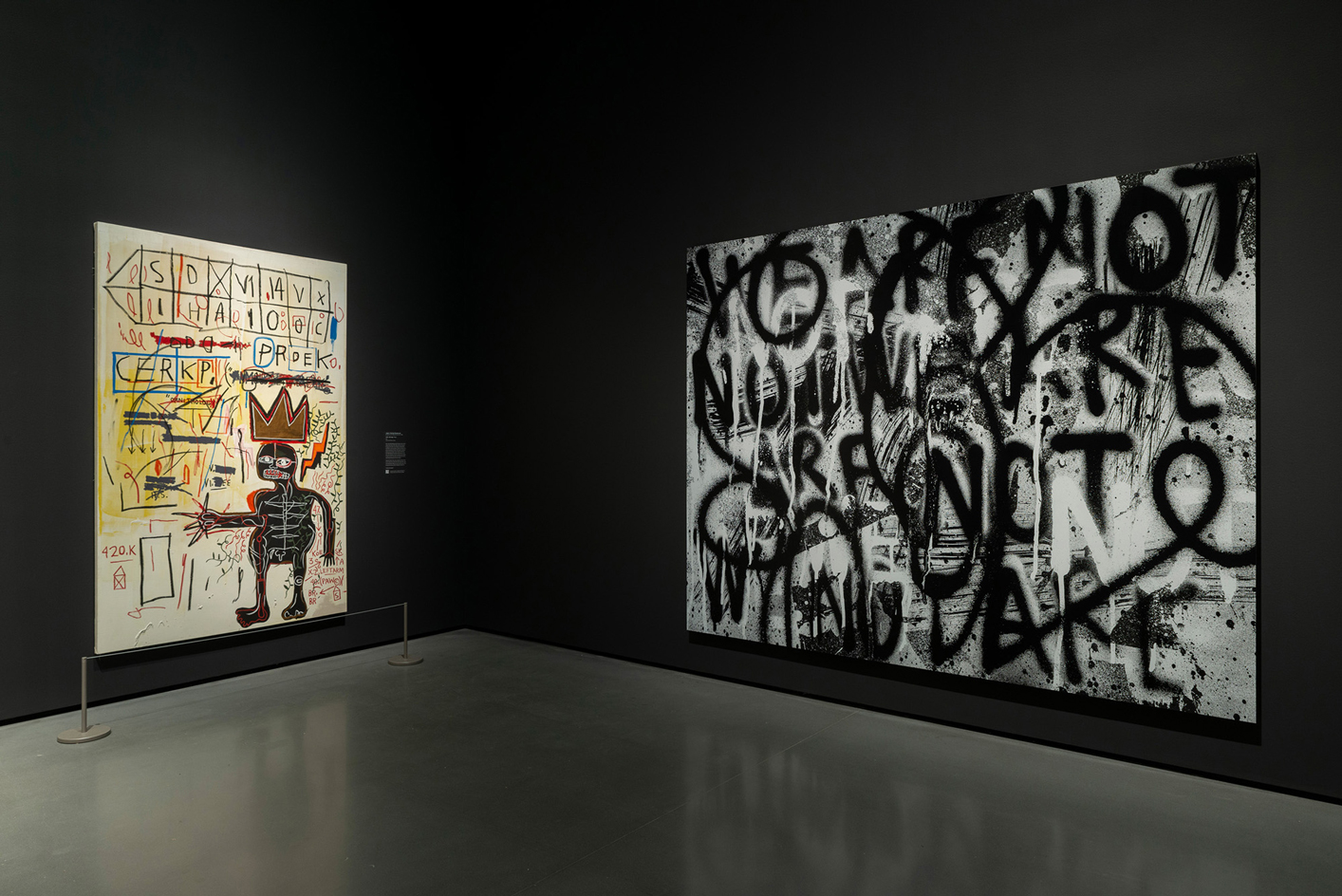
Installation view of 'The Culture: Hip Hop and Contemporary Art in the 21st Century' at the Baltimore Museum of Art, April 2023
Harriet Lloyd-Smith was the Arts Editor of Wallpaper*, responsible for the art pages across digital and print, including profiles, exhibition reviews, and contemporary art collaborations. She started at Wallpaper* in 2017 and has written for leading contemporary art publications, auction houses and arts charities, and lectured on review writing and art journalism. When she’s not writing about art, she’s making her own.
-
 This LA-based furniture designer finds a rhythm in music and making
This LA-based furniture designer finds a rhythm in music and makingWallpaper* Future Icons: LA-based Ah Um Design Studio's expressive furniture features zig-zagging wooden frames, mohair and boucle upholstery, and a distinctive use of tiles
-
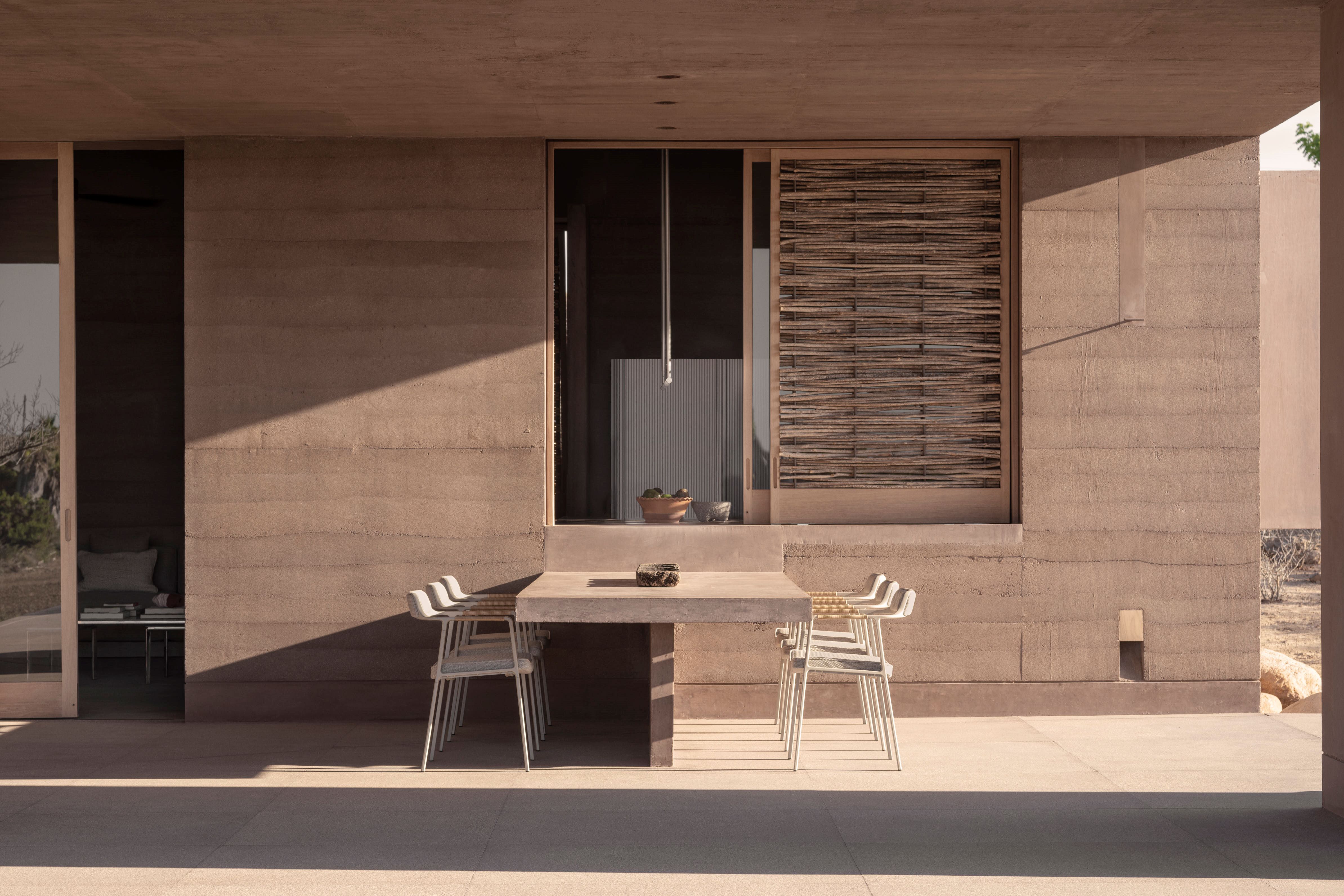 This Mexican architecture studio has a surprising creative process
This Mexican architecture studio has a surprising creative processThe architects at young practice Pérez Palacios Arquitectos Asociados (PPAA) often begin each design by writing out their intentions, ideas and the emotions they want the architecture to evoke
-
 The Bombardier Global 8000 flies faster and higher to make the most of your time in the air
The Bombardier Global 8000 flies faster and higher to make the most of your time in the airA wellness machine with wings: Bombardier’s new Global 8000 isn’t quite a spa in the sky, but the Canadian manufacturer reckons its flagship business jet will give your health a boost
-
 Out of office: The Wallpaper* editors’ picks of the week
Out of office: The Wallpaper* editors’ picks of the weekIt’s wet, windy and wintry and, this week, the Wallpaper* team craved moments of escape. We found it in memories of the Mediterranean, flavours of Mexico, and immersions in the worlds of music and art
-
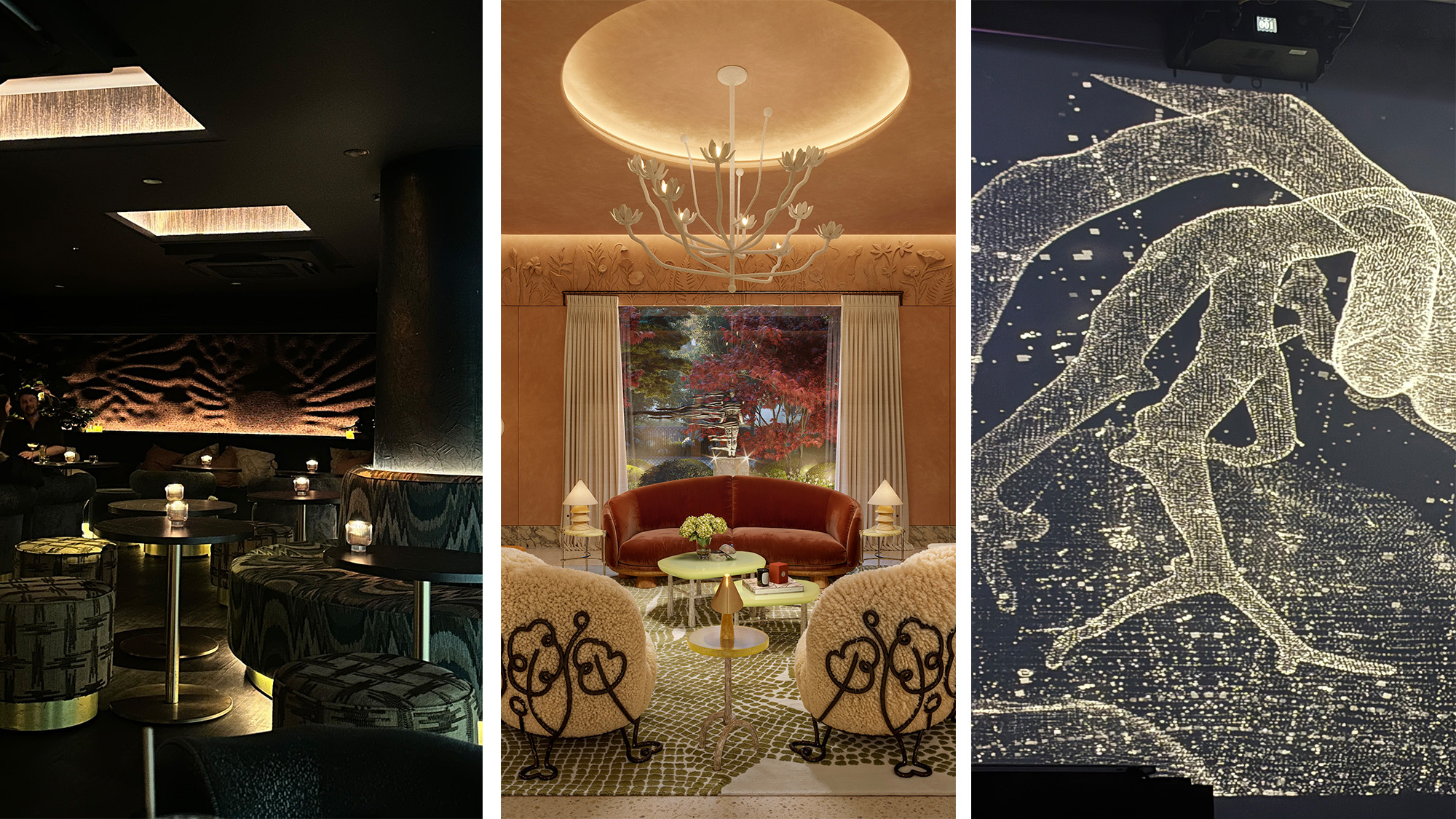 Out of office: The Wallpaper* editors’ picks of the week
Out of office: The Wallpaper* editors’ picks of the weekThe clocks have gone back in the UK and evenings are officially cloaked in darkness. Cue nights spent tucked away in London’s cosy corners – this week, the Wallpaper* team opted for a Latin-inspired listening bar, an underground arts space, and a brand new hotel in Shoreditch
-
 Out of office: the Wallpaper* editors’ picks of the week
Out of office: the Wallpaper* editors’ picks of the weekThis week, our editors have been privy to the latest restaurants, art, music, wellness treatments and car shows. Highlights include a germinating artwork and a cruise along the Pacific Coast Highway…
-
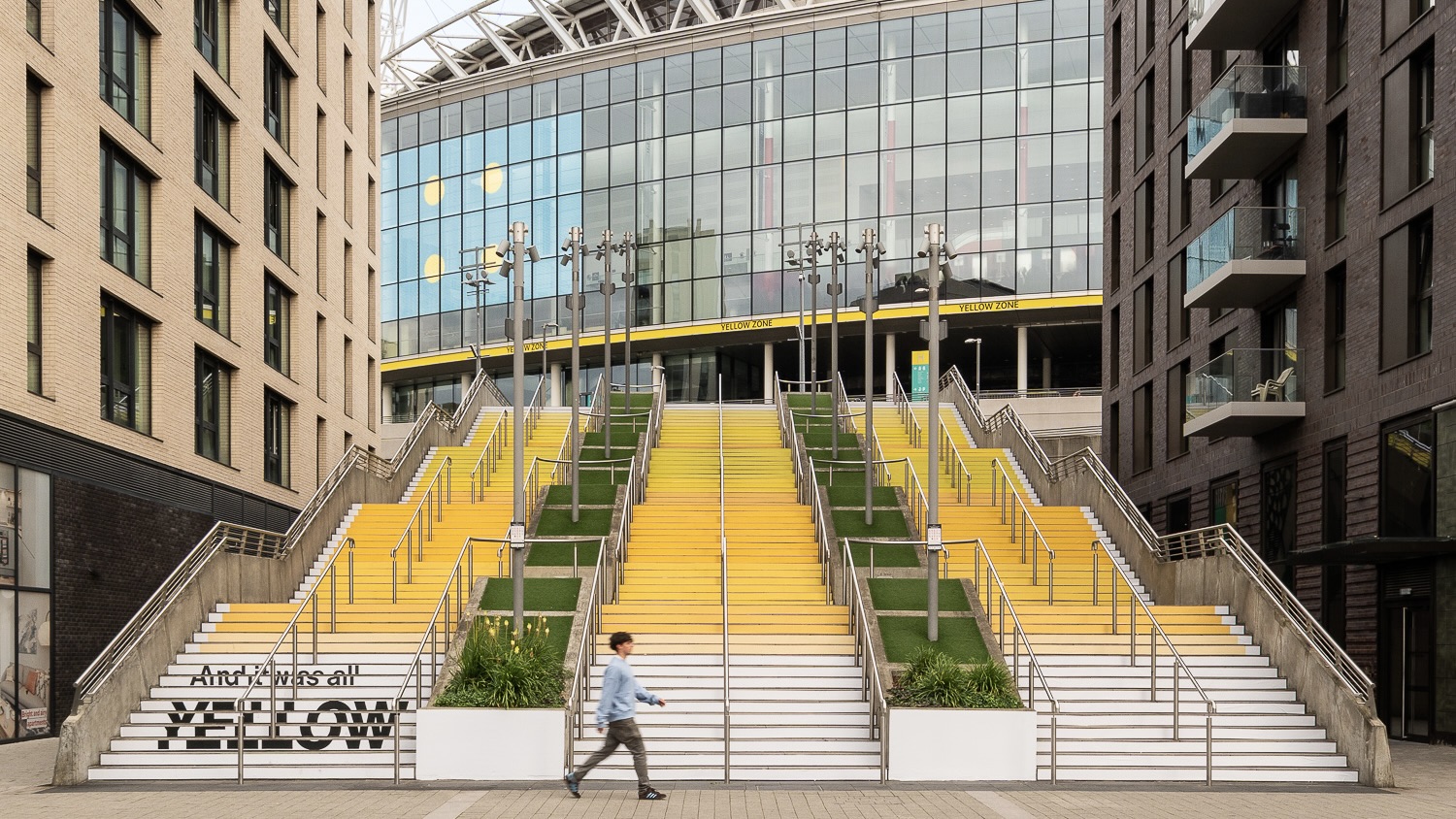 Pantone’s new public art installation is a tribute to Coldplay’s ‘Yellow’, 25 years after its release
Pantone’s new public art installation is a tribute to Coldplay’s ‘Yellow’, 25 years after its releaseThe colour company has created a – you guessed it – yellow colour swatch on some steps in Wembley Park, London, where the band will play ten shows this month
-
 Out of office: the Wallpaper* editors’ picks of the week
Out of office: the Wallpaper* editors’ picks of the weekThe Wallpaper* team immersed themselves in culture this week, attending theatre, music and art performances and exhibitions at some of London’s most esteemed establishments. Along the way, we may have discovered the city's best salad…
-
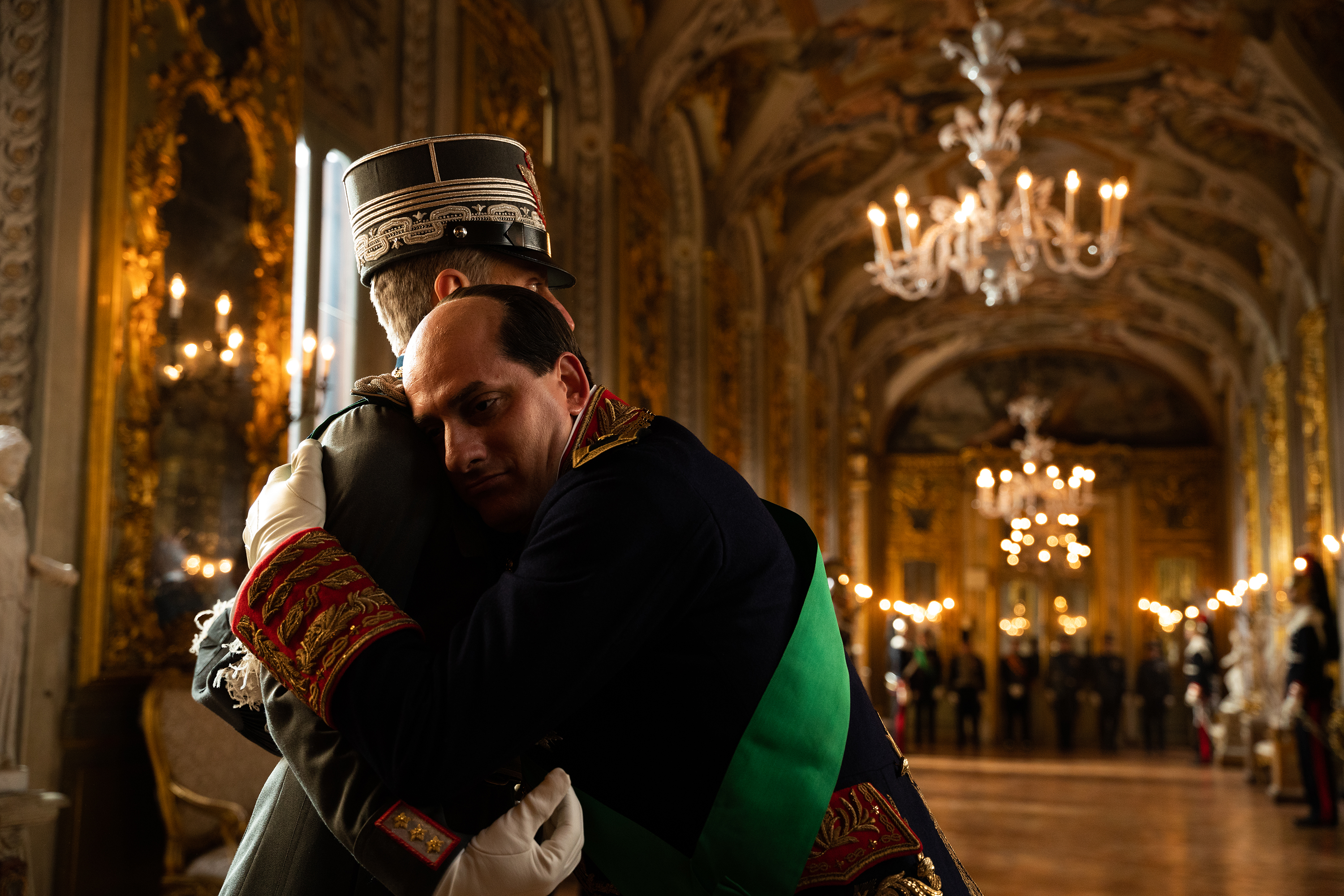 The Chemical Brothers’ Tom Rowlands on creating an electronic score for historical drama, Mussolini
The Chemical Brothers’ Tom Rowlands on creating an electronic score for historical drama, MussoliniTom Rowlands has composed ‘The Way Violence Should Be’ for Sky’s eight-part, Italian-language Mussolini: Son of the Century
-
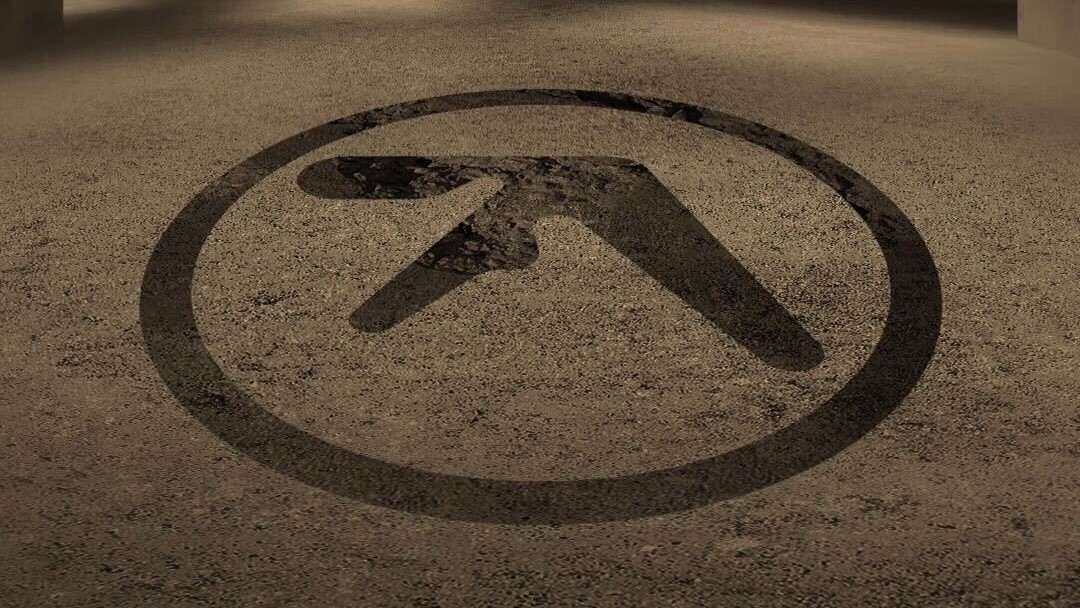 Tate Modern to host Aphex Twin listening experience
Tate Modern to host Aphex Twin listening experienceA free listening event for Aphex Twin's reissued album 'Selected Ambient Works II (Expanded Edition)' on the 25th of October
-
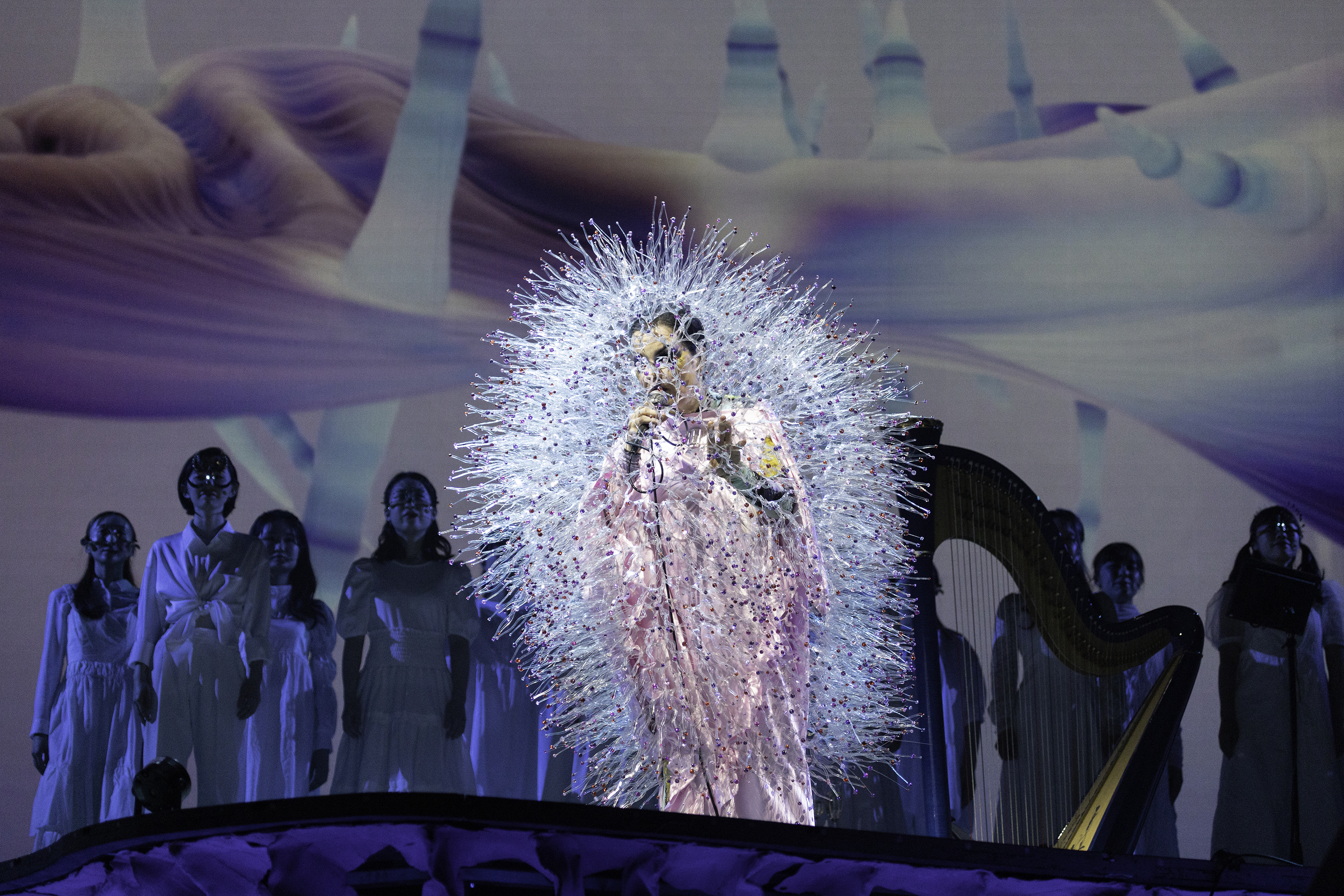 Björk announces Cornucopia: The Book
Björk announces Cornucopia: The BookThe photographic documentation of Björk’s otherworldly tour